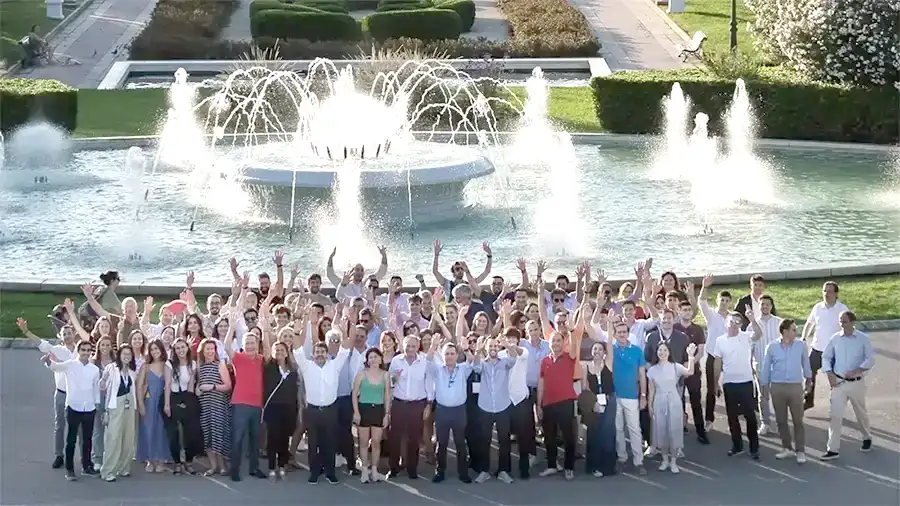From Voice to Venture: How BTS Group Quietly Built a Scalable CommTech Engine
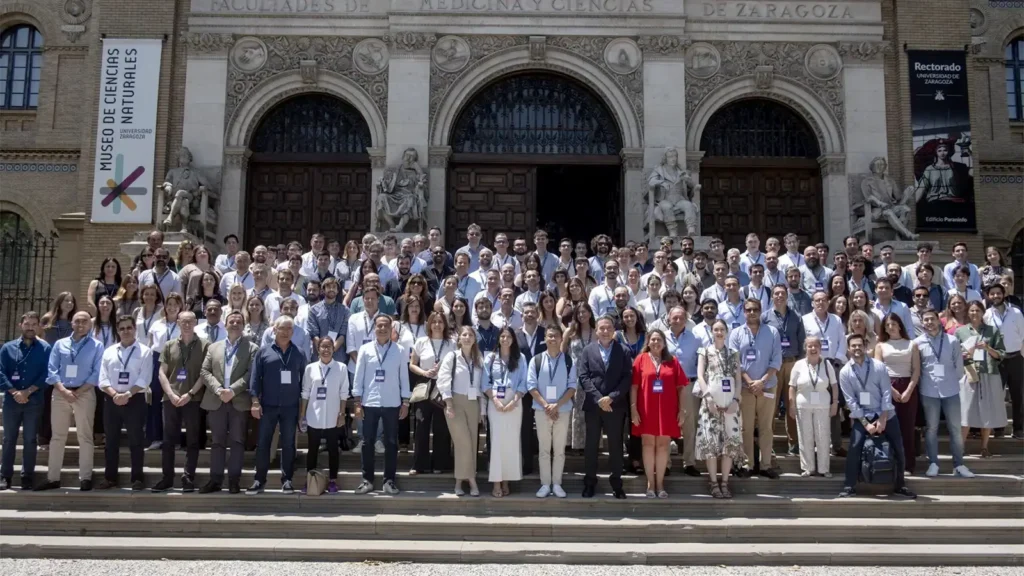
It started with voice. International callback services, to be precise. Small team. Manual processes. A market dominated by giants. The odds were bad. The timing was worse.
But fast forward 30 years and you’ll find BTS Group operating across 20+ countries, running a proprietary global communications platform, powering joint ventures with Japanese tech giants, and investing in next-gen connectivity, identity, and analytics. The transformation wasn’t loud. It wasn’t packaged for headlines. But it was real.
And if the recent BTS Group Summit 2025 in Zaragoza made one thing clear: this is just the beginning.
Scaling Through Engineering, Not Headlines
Where others sought growth through acquisition or aggressive market playbooks, BTS focused on control. Control of its stack, its roadmap, its margin structure. That meant building, not licensing. Engineering, not packaging. Writing code instead of contracts.
At the center of that strategy is the S1 Platform, a programmable infrastructure layer developed in-house, supporting everything from voice and messaging to smart audio processing, mobile ID, call profiling, and quality analytics. Not just a backbone, but a launchpad.
It powers BTS, the flagship company and it scales through its global network and SBTS, the SoftBank joint venture. And it underpins the Group’s wider portfolio, a mix of wholly owned entities and strategic investments that together form a CommTech engine spanning five continents.
The Evolution of a Group Model
The decision to become BTS Group, to move from a single-company focus to multi-entity platform, wasn’t made in a boardroom brainstorming session. It was a natural outcome of how the company operated.
BTS had the platform. It had the product teams. It had the revenue model and a unique positioning in the telecom space. The ambition was breadth: the ability to serve adjacent use cases, expand into new regions, and build long-term technology equity.
That’s where the group model came in.
Today, BTS Group integrates:
- Core operating companies like Sendo (omnichannel)
- Investments in innovation like MedUX (QoE analytics), ZIM (eSIM infrastructure), LoopUp (Coud Telephony), and Hydra Space (NTN)
- Strategic partnerships aimed at expanding reach and improving solutions together.
- And a joint venture, SBTS, that proves what’s possible when expertise and scale come together.
The result is something rare in telecom and tech: a group that’s diversified and coherent. No bloated portfolio. No shallow integrations. Just a common infrastructure and a clear direction.
Zaragoza: The Tech Hub That Didn’t Wait for Hype
It’s hard to overstate how much BTS Group has bet on Zaragoza.
Long before Microsoft and AWS began eyeing Aragón for hyperscale data centers, BTS was already operating from there. Not as a cost-saving measure but as a strategy. Today, the city is home to BTS’ engineering teams, operational nerve center, and its most significant innovation work.
At the Summit, the team revealed a new patent developed locally for enhancing audio quality in noisy environments, an R&D milestone that blends real telecom expertise with AI and signal processing. A local win, but a global application.
The BTS Group Chair at Universidad de Zaragoza formalizes this link: applied research, talent development, and long-term recruitment pipelines, all rooted in a region that now finds itself at the center of European tech investment.
SoftBank, Seven Years In
In 2017, BTS and SoftBank created SBTS, a joint venture few noticed at the time.
In 2025, it’s hard to ignore.
SBTS is now one of the most successful joint ventures in SoftBank’s portfolio. But it’s more than a vendor. It’s a productized, revenue-generating proof of concept: that BTS Group’s platform-first model works across borders, cultures, and regulatory environments, provided the foundation is sound.
That foundation is trust, ownership, and technical fluency. It’s also what makes SBTS a springboard for expansion in Asia and the Middle East, regions with huge demand for programmable infrastructure and real-time communications tools.
From Telecom Project to Technology Portfolio
What began as a niche voice business is now a scalable CommTech engine, equal parts platform, ecosystem, and investment thesis.
- Its workforce is 33% engineers
- Its portfolio reaches from Zaragoza to Tokyo, London to Ecuador
But perhaps most notable is what BTS Group hasn’t done: it hasn’t chased growth at the expense of coherence. It hasn’t diluted its core. And it hasn’t lost its engineering mindset, even as the group expanded, institutionalized, and professionalized.
The Real Lesson
BTS Group didn’t disrupt anything. It just kept building while others pivoted.
From voice to venture, from one company to many, from Zaragoza to the world, this is what scaling looks like when it’s done deliberately.
And as the Summit quietly reminded its attendees: when the technology is solid, you don’t need to make noise. You just need to keep moving.
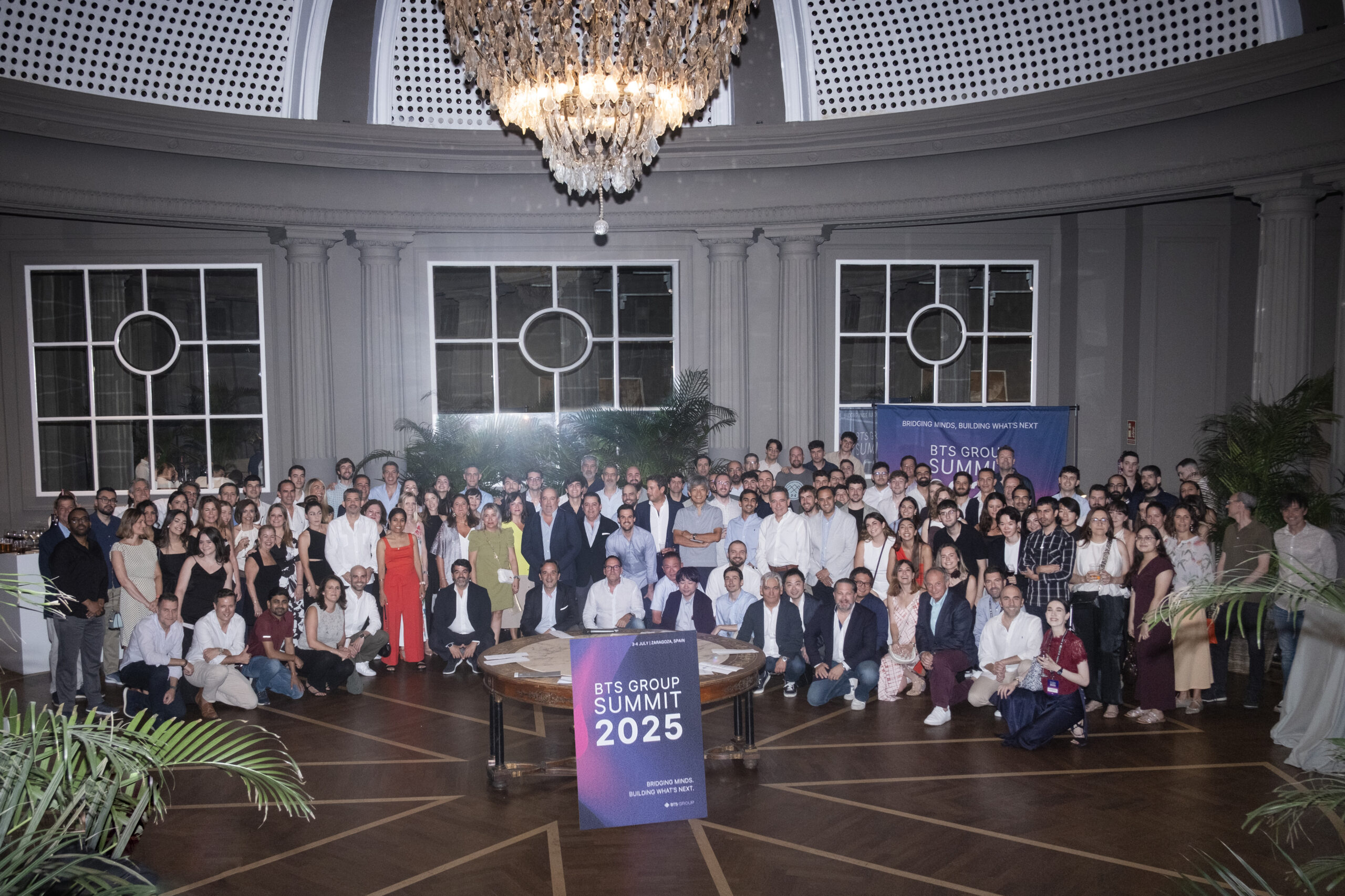
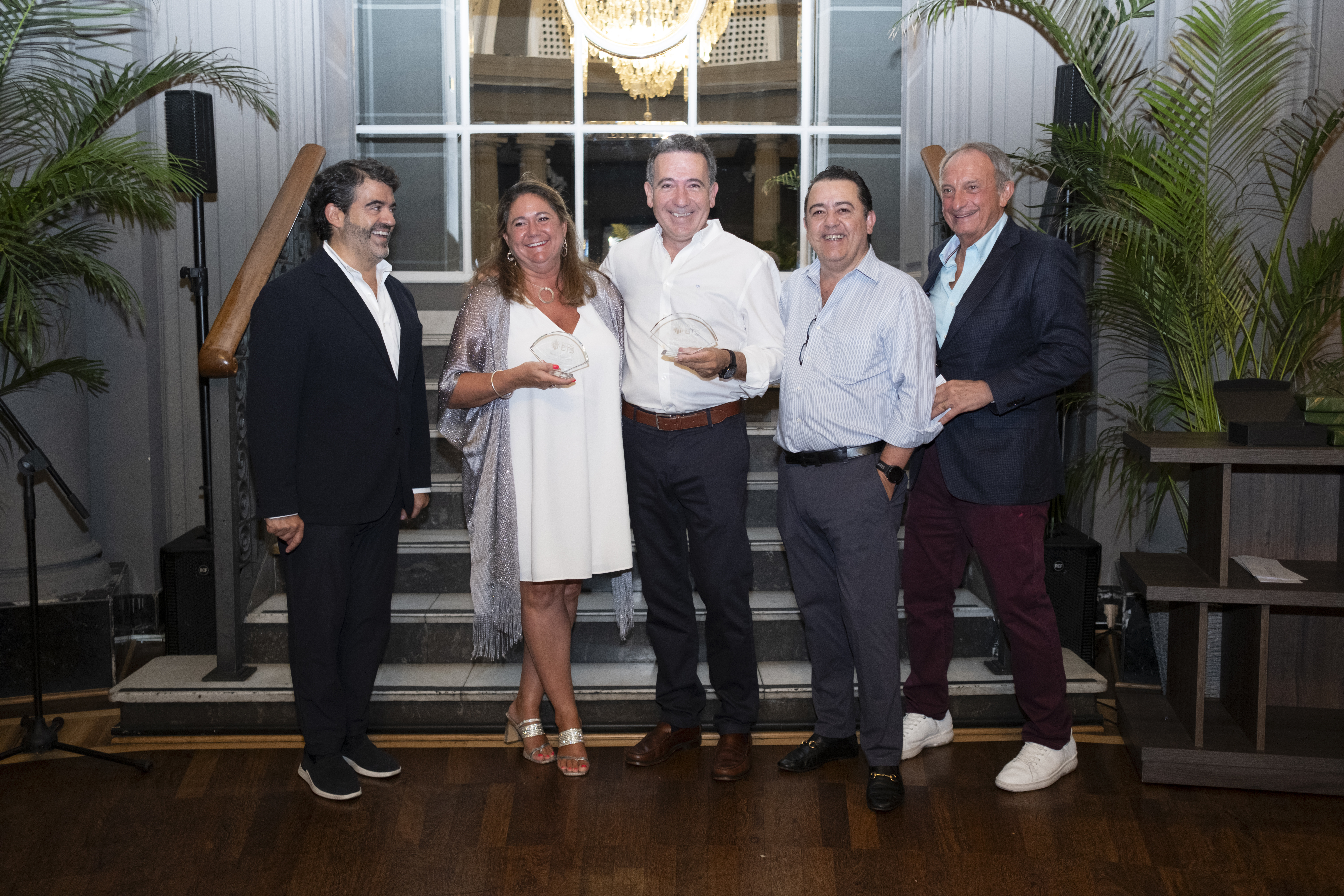
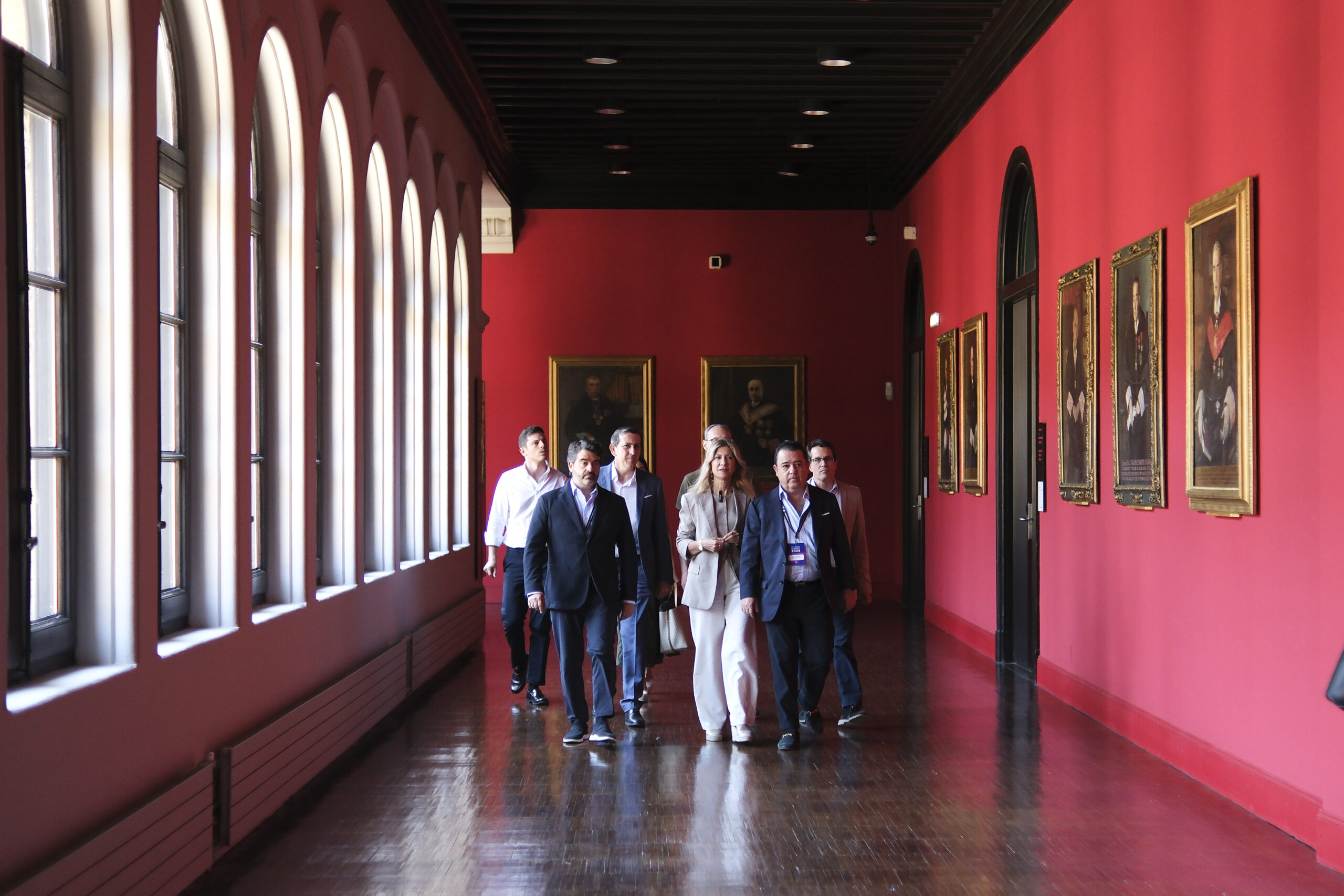
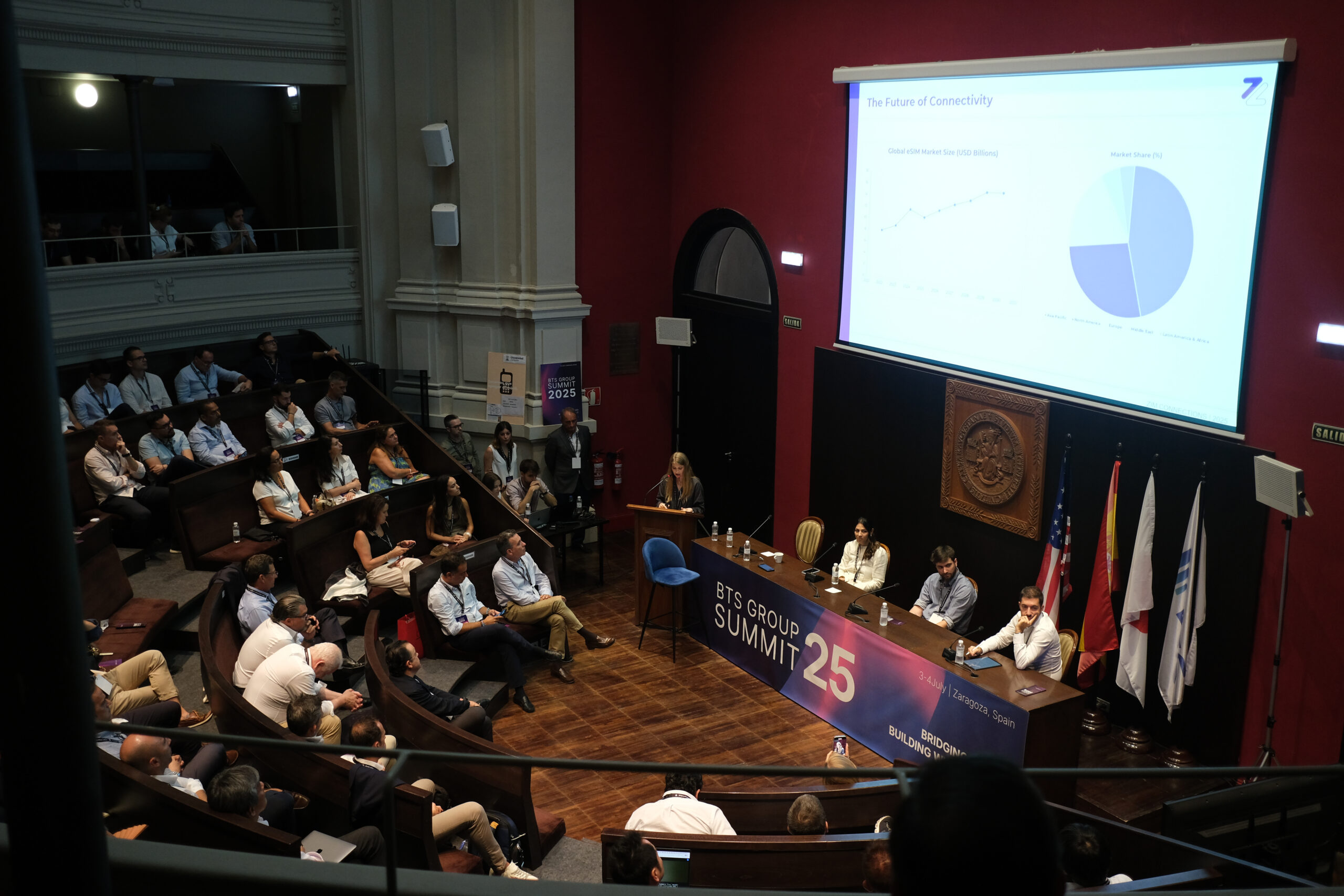

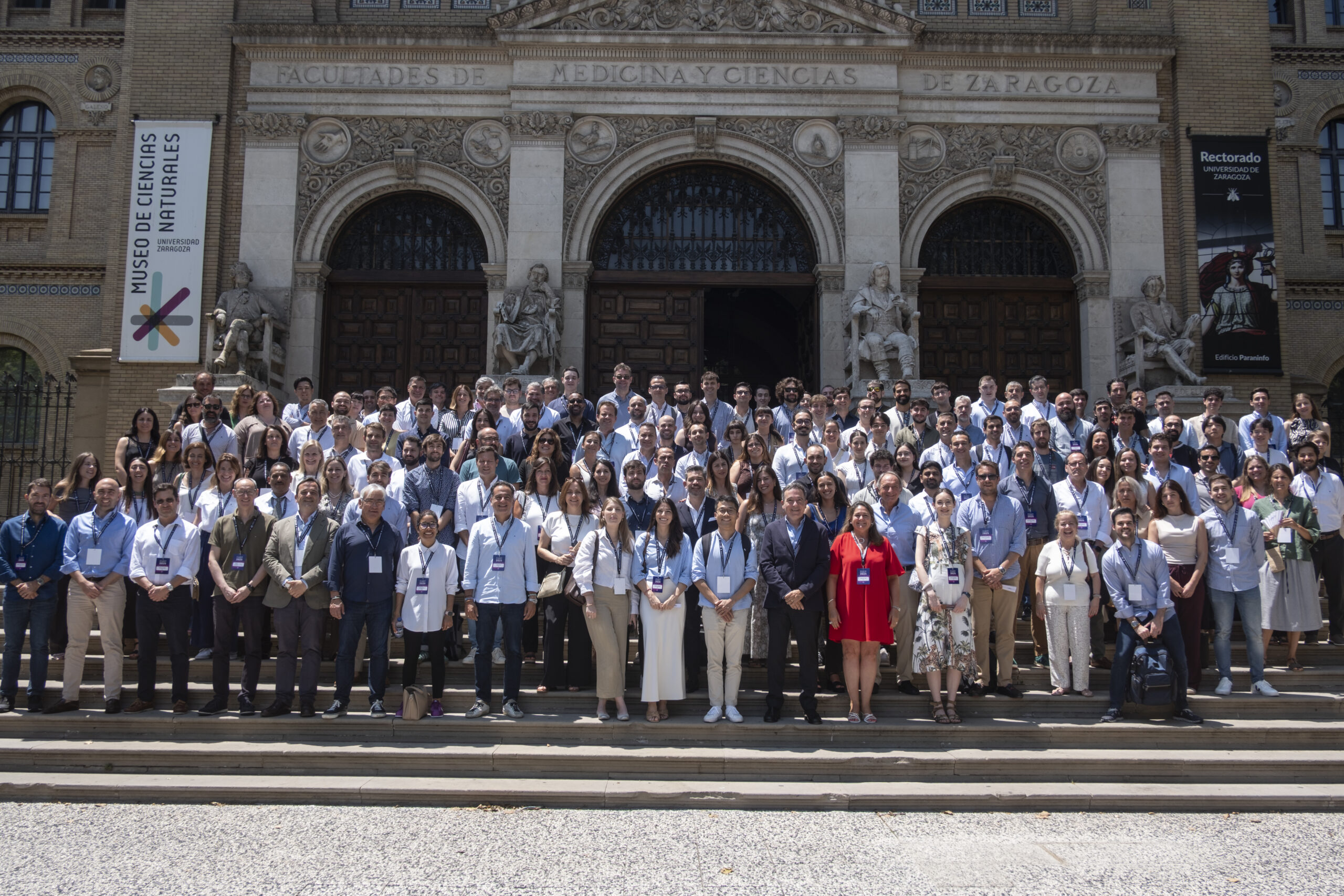
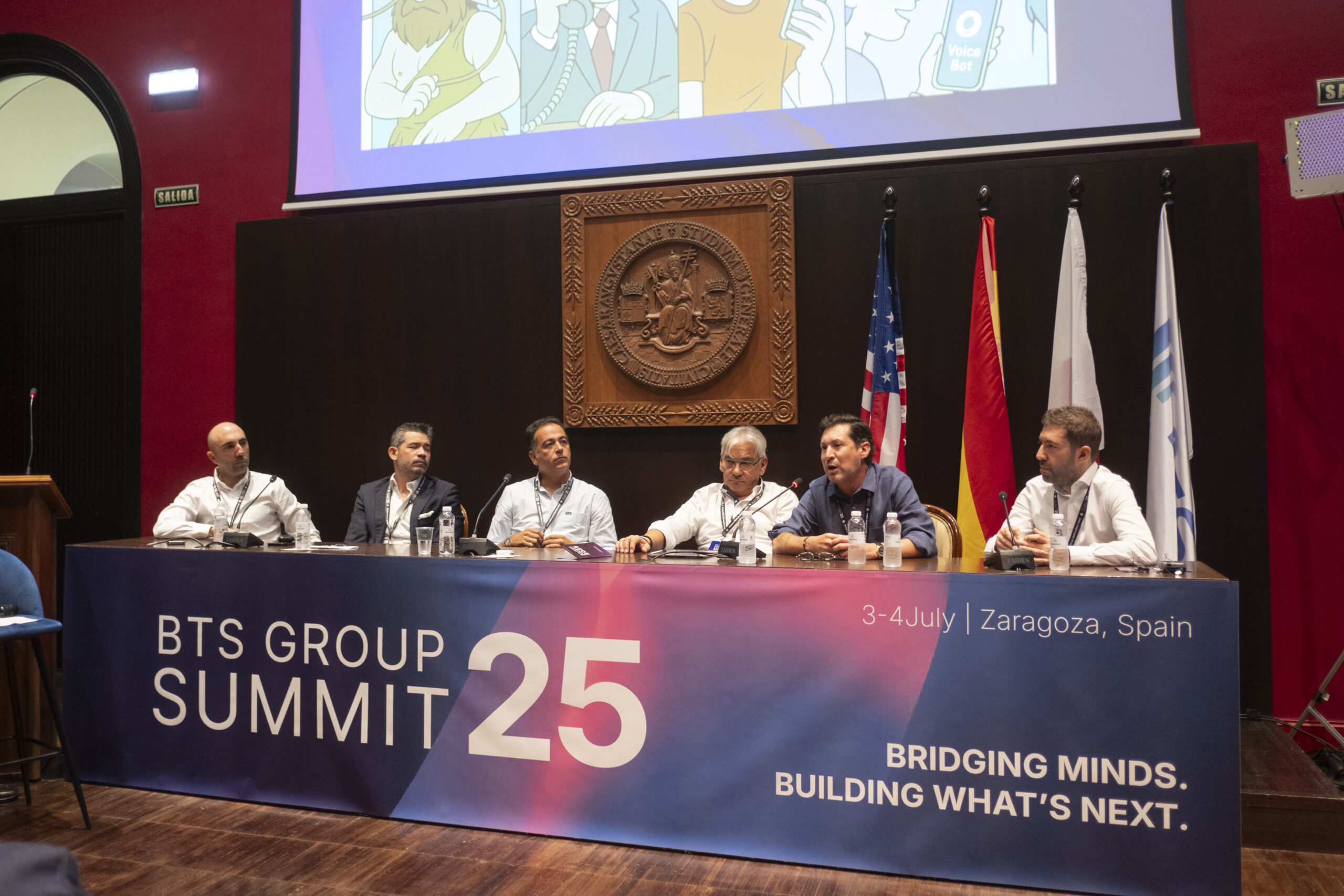
More coverage of BTS Summit event
https://catedrabts.i3a.es/en/la-catedra-bts-group-celebra-su-participacion-en-el-bts-group-summit-2…
https://pro.aragonhoy.es/vicepresidencia-presidencia-economia-justicia/mar-vaquero-aragon-convertid…
https://www.europapress.es/aragon/noticia-vaquero-destaca-aragon-pasado-ser-region-observadora-crea…
ABOUT THE AUTHOR






